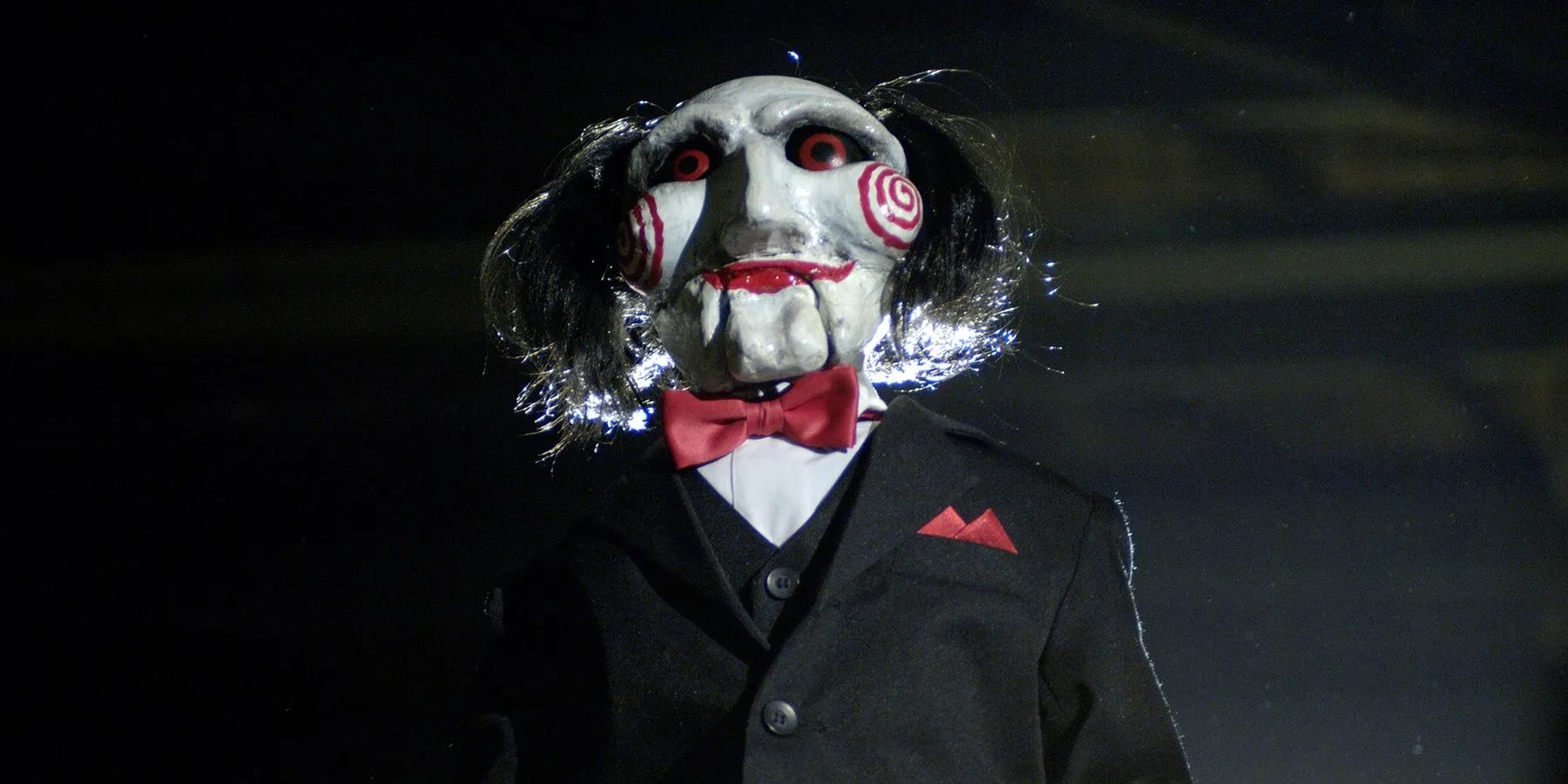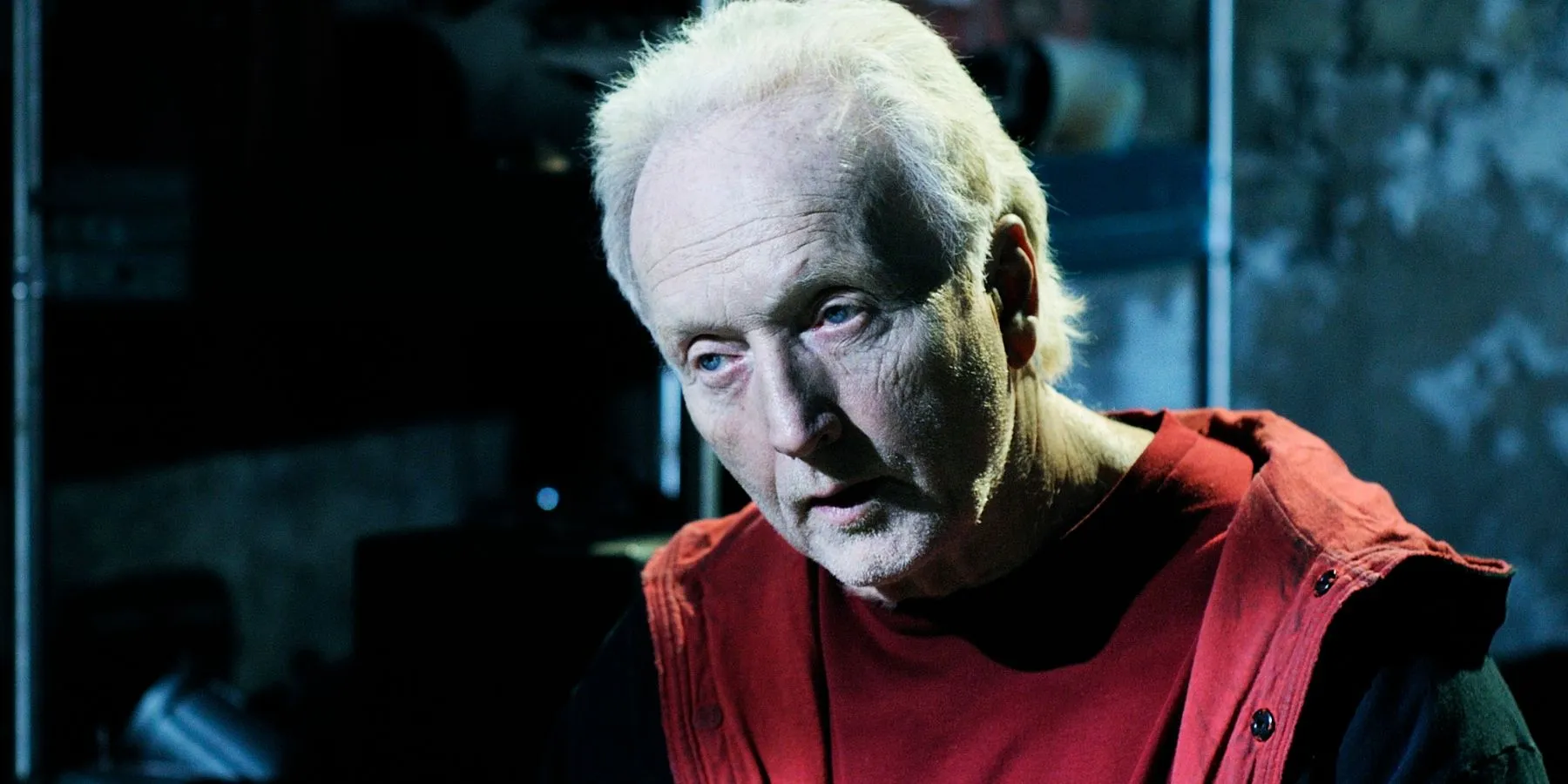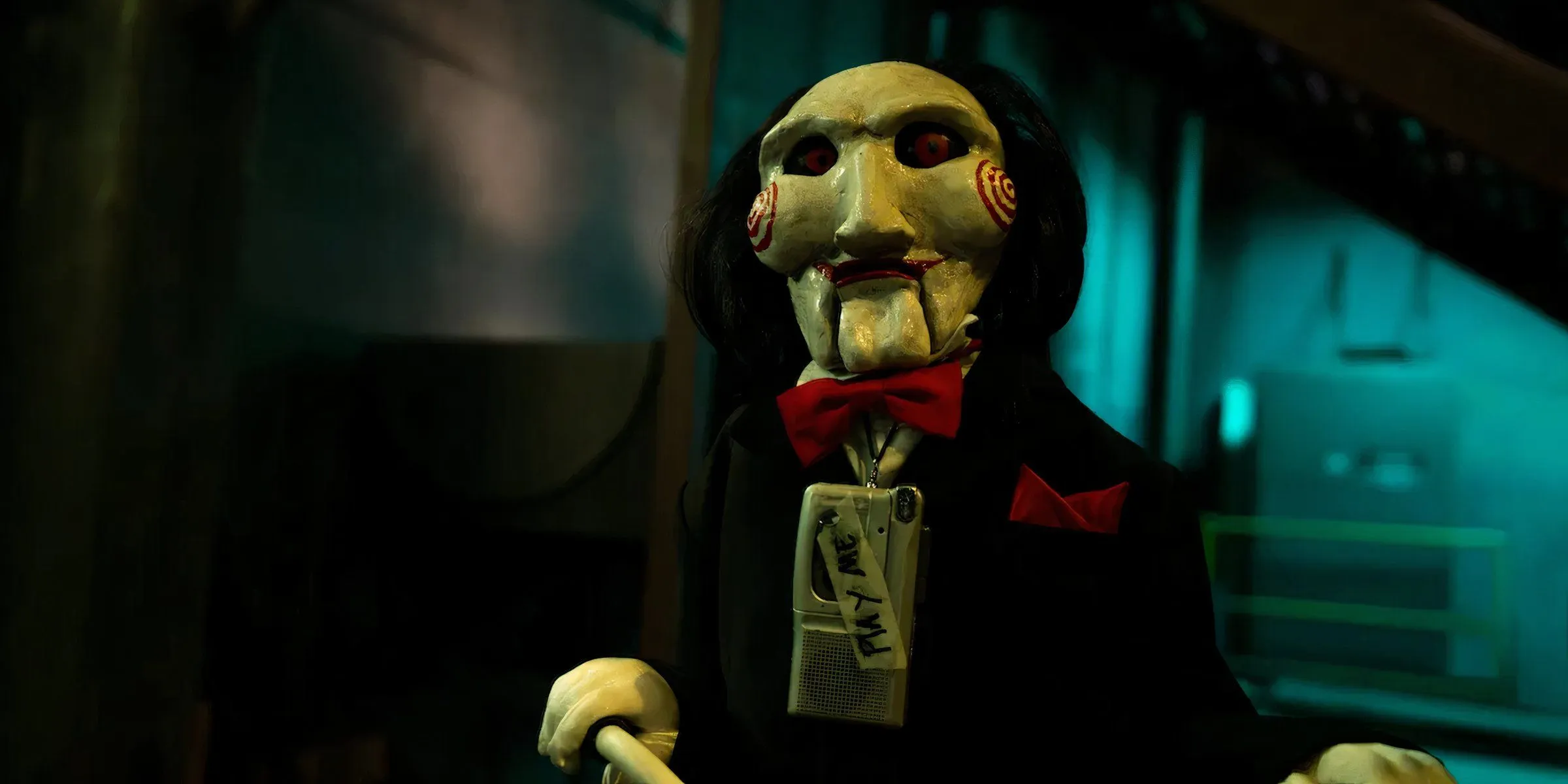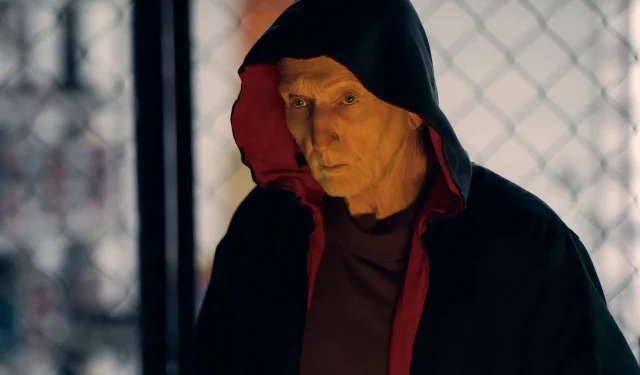Overview
- The future of Saw XI hangs in the balance due to ongoing delays and uncertainties.
- Creative exhaustion appears to plague the franchise, particularly concerning the Jigsaw narrative.
- There are compelling arguments for concluding Jigsaw’s story to protect the franchise’s legacy.
Saw has cemented its status as a hallmark in the horror genre, renowned for delivering some of the most visceral and blood-soaked moments in cinema. Despite the inherent divisiveness of such graphic narratives, the franchise has flourished, primarily due to its strong storytelling and character development, culminating in over $1 billion in global box office sales. This success can largely be attributed to the character of Jigsaw, played by Tobin Bell, who intricately weaves multiple storylines across the films produced by Lionsgate. However, with the escalating challenges surrounding the greenlighting of Saw XI, the franchise may indeed be approaching a pivotal moment that could conclude Jigsaw’s storyline.
Challenges Facing Saw XI

Initially, Saw XI appeared poised for a rapid return, with a set release date in 2024. However, delays have pushed its debut to 2025, and it was recently announced that the film has been removed from Lionsgate’s release calendar entirely. Fans were understandably concerned, fearing that the project might be indefinitely shelved, particularly following scriptwriter Patrick Melton’s comments regarding a lack of communication from the studio.
In a surprising turn of events, Lionsgate reached out to The Hollywood Reporter through the voice of Billy the Puppet, stating, “I’ve seen the rumors. They say it’s Game Over. You should all know me better than that. The game is never over.” While this cryptic message does not provide a definitive timeline for the film’s release, it suggests that there remains a desire to continue the franchise at some point. Nonetheless, the persistent challenges in moving Saw XI forward raise valid concerns about the long-term viability of the series.
The Franchise’s Creative Drought

Since its inception in 2004, the Saw franchise, beginning with James Wan’s original film, has been characterized by its boldness and ingenuity. Produced on a modest budget, the initial installment captivated audiences with a compelling plot and unexpected twists. Subsequent films escalated both the complexity of traps and the level of gore, sometimes teetering towards the absurd, while at other times providing a more grounded narrative.
Despite the franchise’s ability to create intriguing storylines centered on more than just brutal deaths, the narrative surrounding Jigsaw may have reached its limit. Attempts to expand upon John Kramer’s story by reshuffling timelines and continuing to tell Jigsaw’s tale have begun to feel forced. As audiences become increasingly familiar with repetitive themes, the risk of disengagement grows, signaling a potential decrease in interest in the series. After years of similar storylines, it appears that fresh ideas may be scarce, which is critical for keeping viewers engaged.
Is It Time to Conclude Jigsaw’s Story?

Saw X was widely celebrated as one of the franchise’s strongest entries, generating substantial anticipation for the next installment. This enthusiasm indicates that there is still considerable interest in the series; however, the behind-the-scenes turmoil regarding Saw XI suggests a lack of confidence from the decision-makers which may contrast with fan expectations for a worthy continuation.
While Lionsgate maintains that a continuation is likely, history shows that promises made within the entertainment industry can be tenuous at best. That said, given the positive reception of the last film and fan enthusiasm for future installments, now might be the opportune moment to wrap up Jigsaw’s narrative. Providing closure before the franchise overstays its welcome could help preserve the legacy of Saw, leaving audiences wanting more rather than diminishing the thrill that has characterized the series.


